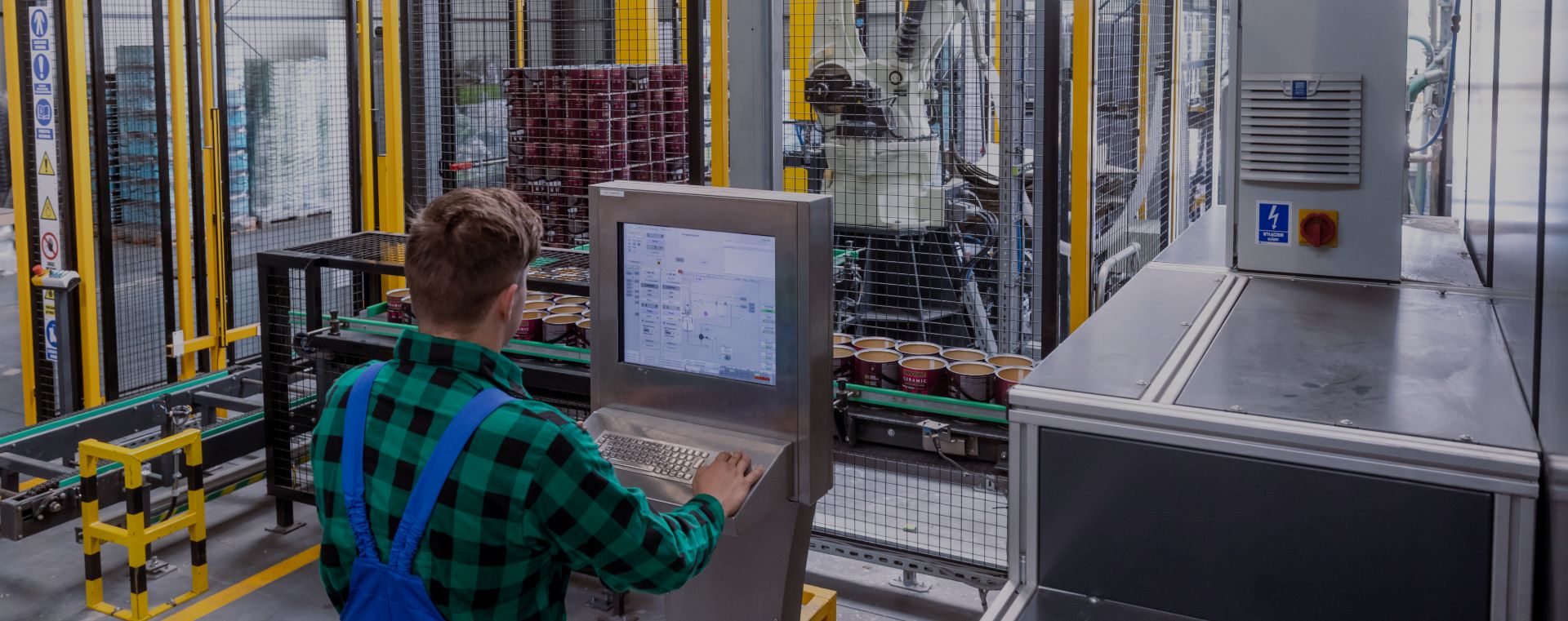
Digital transformation in finances
TIME SAVING IS NOT ENOUGH
The digital transformation allowed to automate a number of activities in the area of finance. It also contributed to completely new possibilities of data analysis, necessary in a dynamically volatile business environment. Find out what Śnieżka’s accounting and controlling experts say about the implementation.
Do you look back nostalgically before the implementation of SAP solutions?
In short, no. Prior to the implementation of new IT solutions, we efficiently performed tasks in the area of accounting and controlling. However, it must be admitted that the implementation improved the quality of our work and its comfort.
What is the added value of digital transformation from the perspective of your areas?
The implementation of the SAP S/4HANA solution enabled, above all, to organize and arrange the processes we are accountable on a day-to-day basis. Many activities have been automated, so currently we acquire real-time data. This is particularly important to us, as we are a mature organization making decisions on the basis of data. Now, we have the possibility of multidimensional analysis, as well as risk management.
Certainly, our work has also become more efficient, to the benefit of other areas of the company.
Let’s start with efficiency – what has changed for the better in the area of accounting?
A great example of such arrangement of the process is, for example, the automation of invoice posting. Before the implementation, all purchase invoices received by us were entered manually. The document had to be printed, described, clipped and manually entered into the system. Meanwhile, SAP automatically reads information from the file sent to us, including amounts and dates. Currently, our task is to verify them. Consequently, we have also minimized the risk of mistakes that occur when entering data manually.
As far as invoices are concerned, the new system has also allowed adopting accounting rules to specific orders.
This must be a significant improvement in your daily work?
In terms of repetitive events concerning, for example, the same customer or product range, it is not necessary to enter the same data many times into the system – all you need is to provide the number of a specific order. This significantly facilitates posting and, for example, ordering bank transfers in the next step.
Another important activity in the accounting area is generating Uniform Control Files and sending them to the revenue office. Previously, it took us a lot of time to do it. The SAP tool also allowed for the automation of this process, which in turn contributed to the improvement of our contacts with the tax administration.
And what has changed in the area of controlling?
The new tools enable us to better perform basic tasks of our area, and thus, above all, to analyse financial data in a more advanced manner. Accordingly, we can promptly respond to the business’ needs – the Management Board and individual departments.
In the previous system, managing data stored in various databases was a big challenge. It was time consuming to maintain their consistency and be able to compare them, as well as to verify the results of the analyses developed. Now the problem has been solved.

The new tools also provide for the collection of historical data at a very detailed level. Managing even very large databases has become easier.
What are the practical benefits for the company of changing the manner it operates with data?
As the result of the real-time data and the possibility of multidimensional analysis, we are able to respond to those questions we wouldn’t be able to answer precisely before. Today we are able to, inter alia, perform an advanced cost calculation in very detailed ranges, we can easily indicate, for example, which component in a given period had the greatest impact on the dynamics of costs. Based on our analyses, the company is capable of managing very precisely the margin in individual product ranges.
All data can be archived in the system to be generated and updated at any time. Previously, such a task was either very time-consuming or even unfeasible.
This is definitely a remarkable change in the area of risk management.
Yes, SAP implementation translates into this aspect, especially due to the immediate availability of data. This is especially important now, when the expectations of our business partners, the prices of raw materials and a number of other business factors can change rapidly.
Previously, the immediate availability of information was not possible due to the time-consuming processes related to supplying individual databases.
Did you expect exactly these effects when planning the implementation?
At the initial stage of the SAP implementation, we developed a total of over 180 requirements. To define them, the involvement of numerous teams throughout the organization was required, but it was a good investment. Generally speaking, on the one hand, we expected the automation of many processes, and on the other – tools for multidimensional data analytics. And these assumptions have been fulfilled.
What have you learned from such a high-level implementation of modern IT tools?
We have certainly gained solid experience and a high culture of project work. The discussions and workshops during the project showed us how important teamwork is. How our work affects other departments within the company and how essential it is to talk and listen to others. A mistake on one stage causes a domino effect.
It was clearly noticeable, for example, during tests before the implementation of the new system, since it can be said that on a daily basis, as finances, we are often at the end of the entire process, e.g. from orders, through production, storage, sales, to accounting, control and subsequent data analysis.
The interview was based on an interview with experts from Fabryka Farb i Lakierów Śnieżka SA:
-

Anastazja Maciołek
Controlling Director
-

Waldemar Nowak
Data and Analytics Director
-

Bożena Tabian
Tax Manager
-

Mariusz Pietrucha
Head of the SOP Centre of Excellence
-

Paweł Mroczek
Chief Accountant

